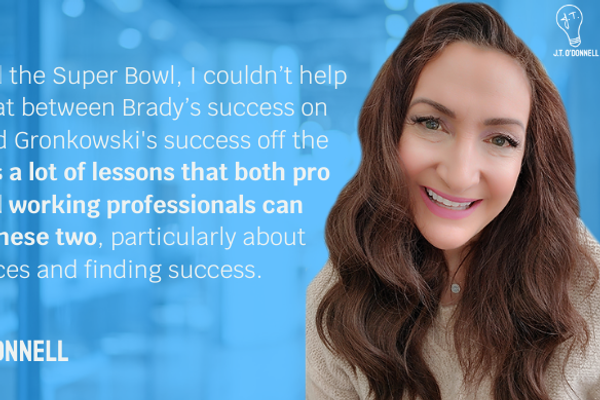A frequently discussed resume question between resume writers, recruiters, and applicants is the question of the influence of Applicant Tracking Systems (“ATS") on the appropriate length of a resume.
Resume: Why You Shouldn't Write A 'One-Size-Fits-All' Resume
Back in ancient history (anyone remember the 90s?), the vast majority of resumes were submitted on paper via snail mail and/or fax. Pre-screening of resumes those days was performed by a real human being that physically touched, handled, and actually “scanned" the documents with his/her eyes. That meant a lot of work for HR. Just imagine having to sift through 200 or 300 applications. The rule of thumb in those days for job hunters was thus to not “aggravate" or “bother" the pre-screening human being with overly long resumes that might have meant a quick toss to the “no" pile. As a consequence, job hunters were advised to limit their resumes to one or two pages.




